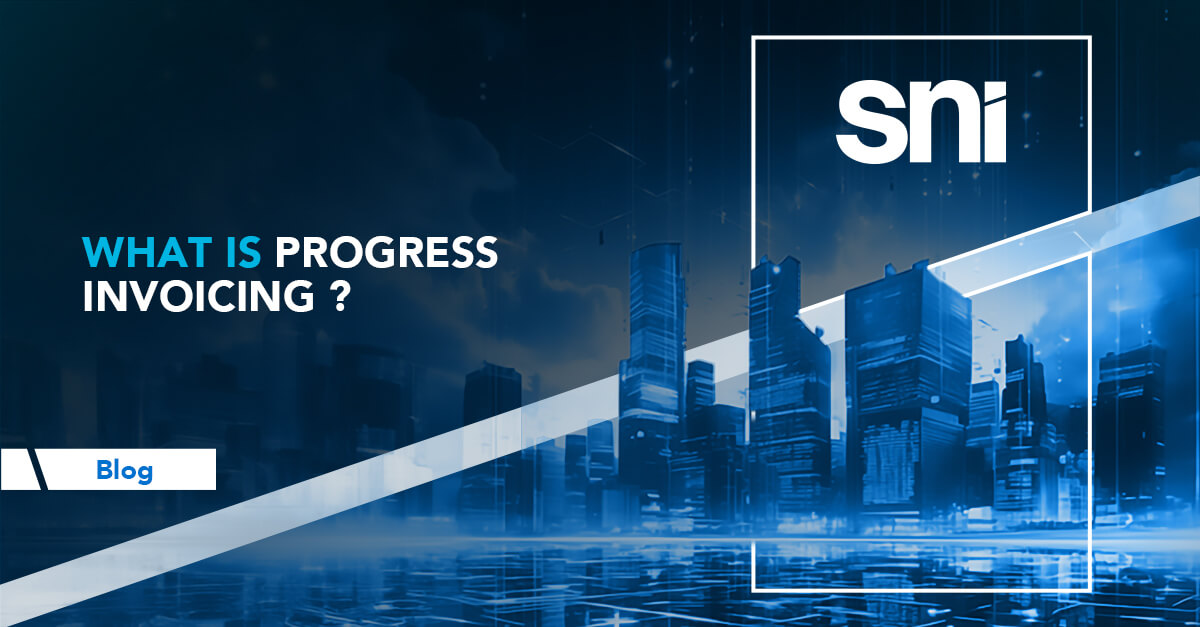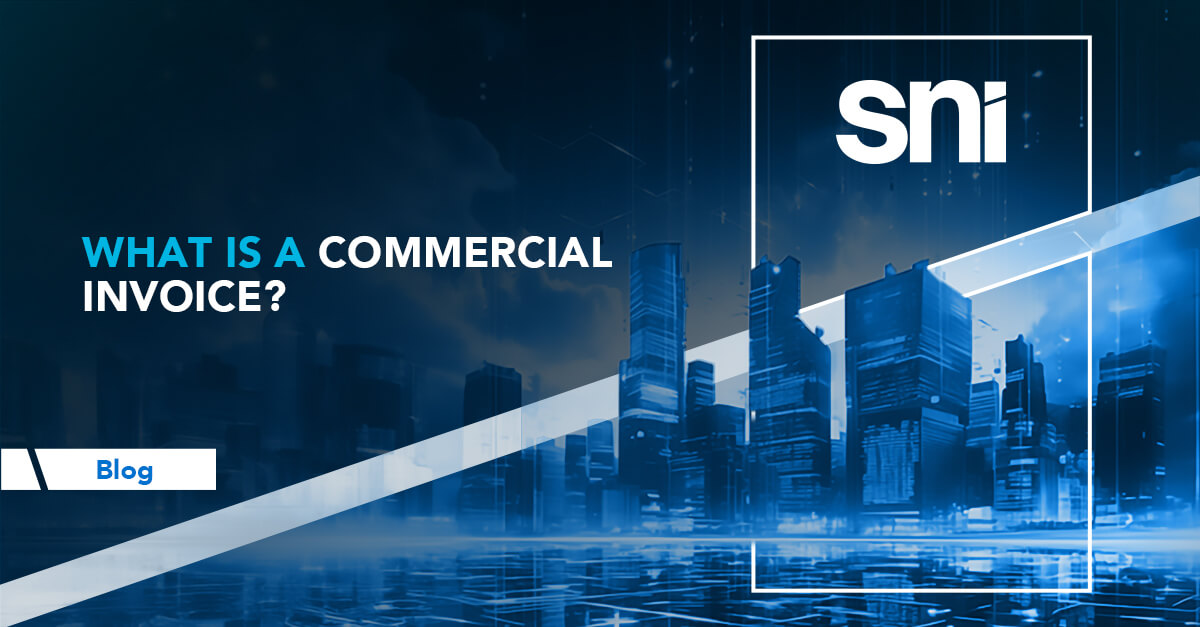
Romania’s National Agency for Fiscal Administration (ANAF) has announced an extensive new wave of tax audits aimed at more than 500 large taxpayers across






We offer SAP and Peppol certified solutions (SAF-T, Invoice Reporting, VAT Reporting and e-Invoicing) to more than 750 clients – thereof 70% multinational. Together with our >100 employees, operating across multiple locations in Europe, we aim to be a single partner globally for our clients.
About Us

If you would like to speak to a salesperson, please call +90 212 909 1664 or email contact@snitechnology.net to receive a call back.
SNI © 2025 All Rights Reserved.